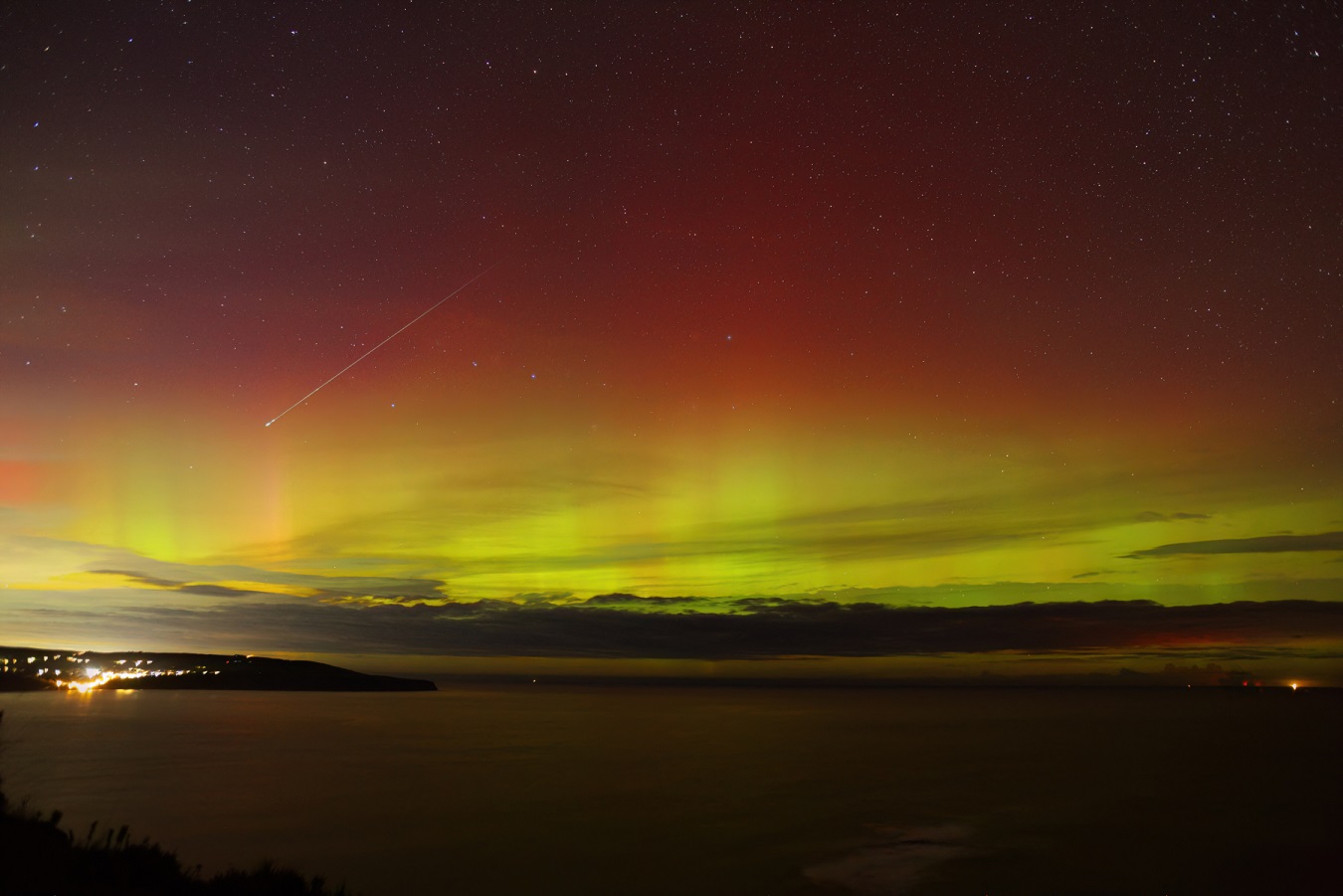
Meteor Activity Outlook for April 6-12, 2024
Paul Smith was photographing aurora on November 5, 2023, at 20:08 GMT when this bright meteor shot through the field…

Paul Smith was photographing aurora on November 5, 2023, at 20:08 GMT when this bright meteor shot through the field…
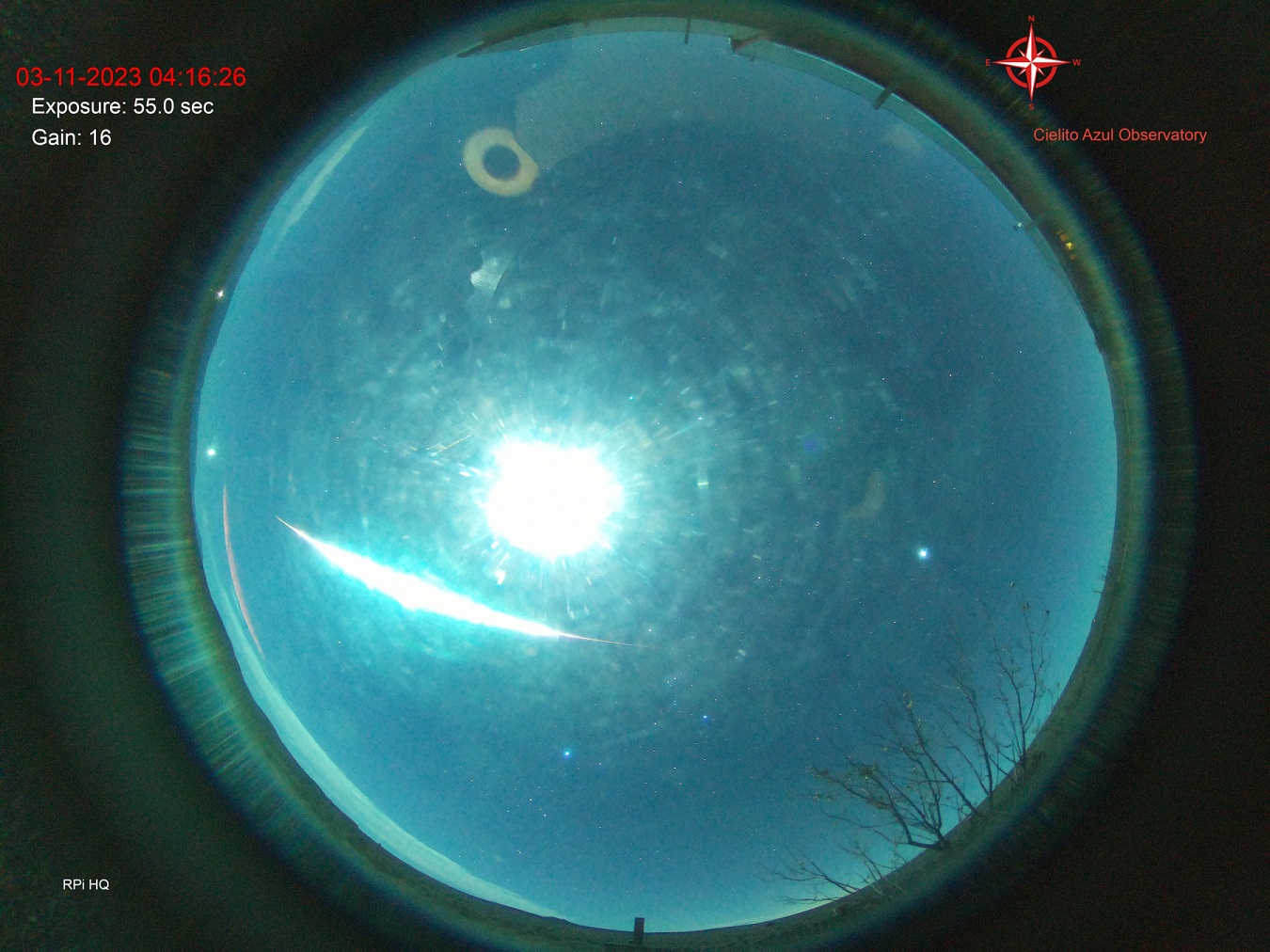
Jay Shaffer captured this impressive fireball passing near the moon on November 3, 2023, at 04:16 MDT (10:16 UT) from…
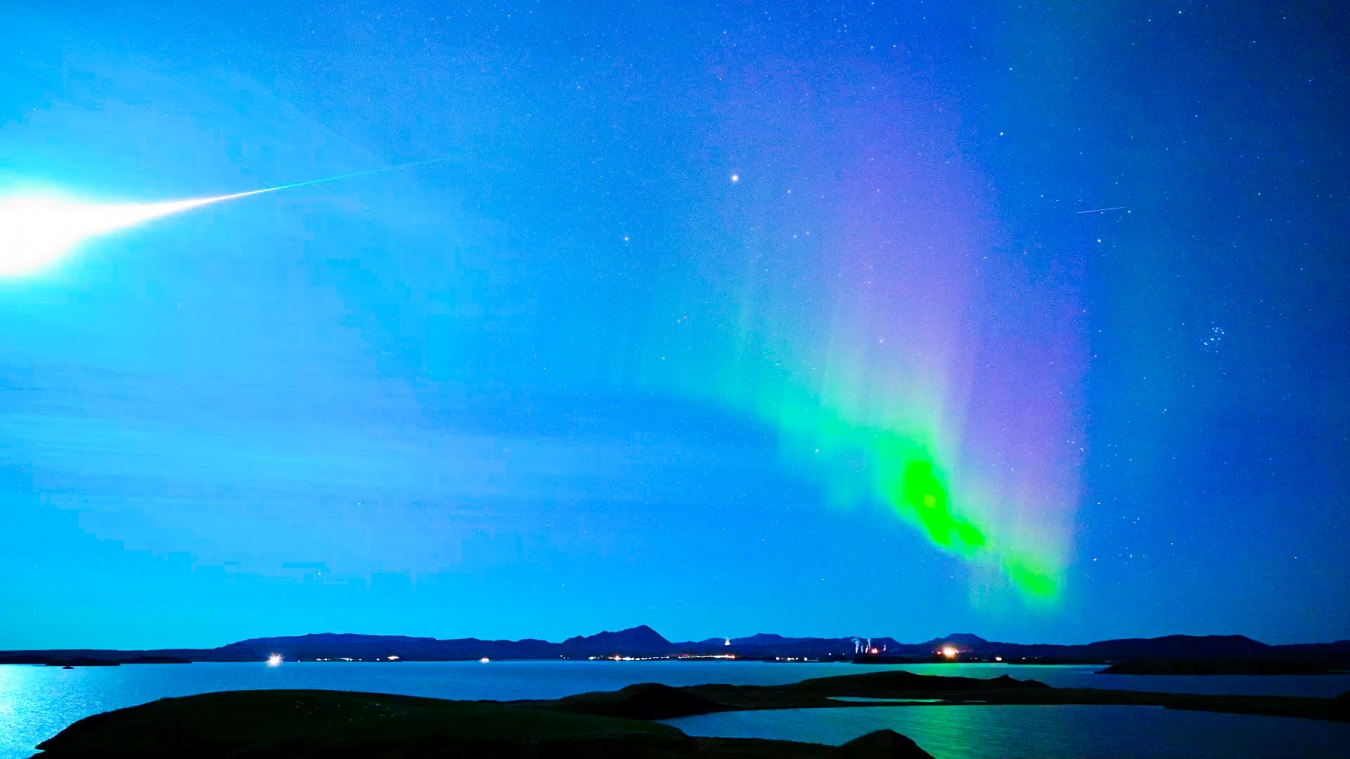
” class= Jackie Rubi-Günthart captured this brilliant fireball while photographing aurora on September 12, 2023, at 22:30 GMT from Reykjahlíð, Iceland.…
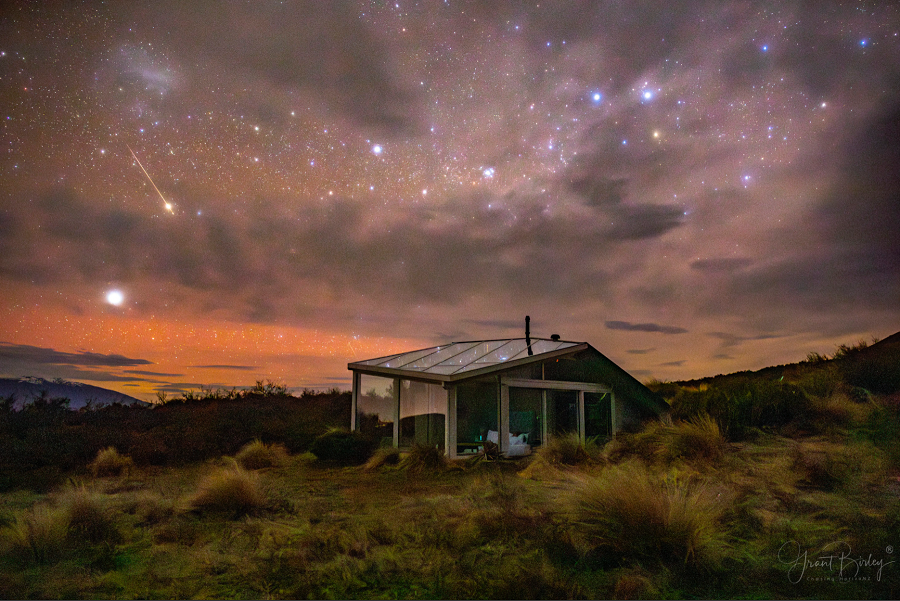
Grant Birley captured this colorful fireball through clouds on August 14, 2023, at 21:07 NZDT (09:07 UT) from Ben Ohau,…

William Lassiter captured this brilliant fireball on September 10, 2023, at 23:05 HST (09:05 UT on Sep 11) from Waialua,…
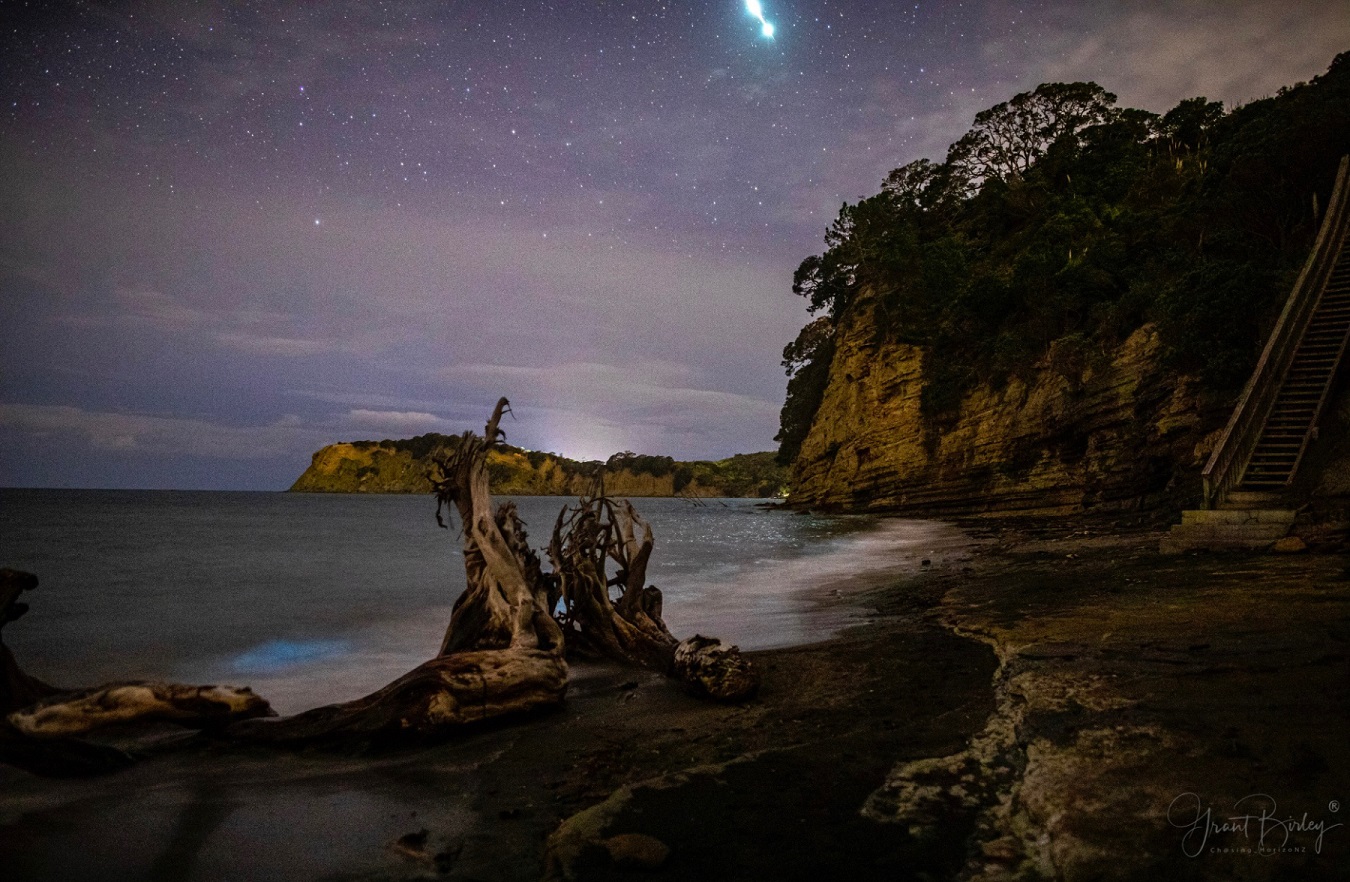
” class= Grant Birley captured this double bursting fireball on August 2, 2022, at 22:56 NZDT (10:56 UT) from Whangaparāoa,…
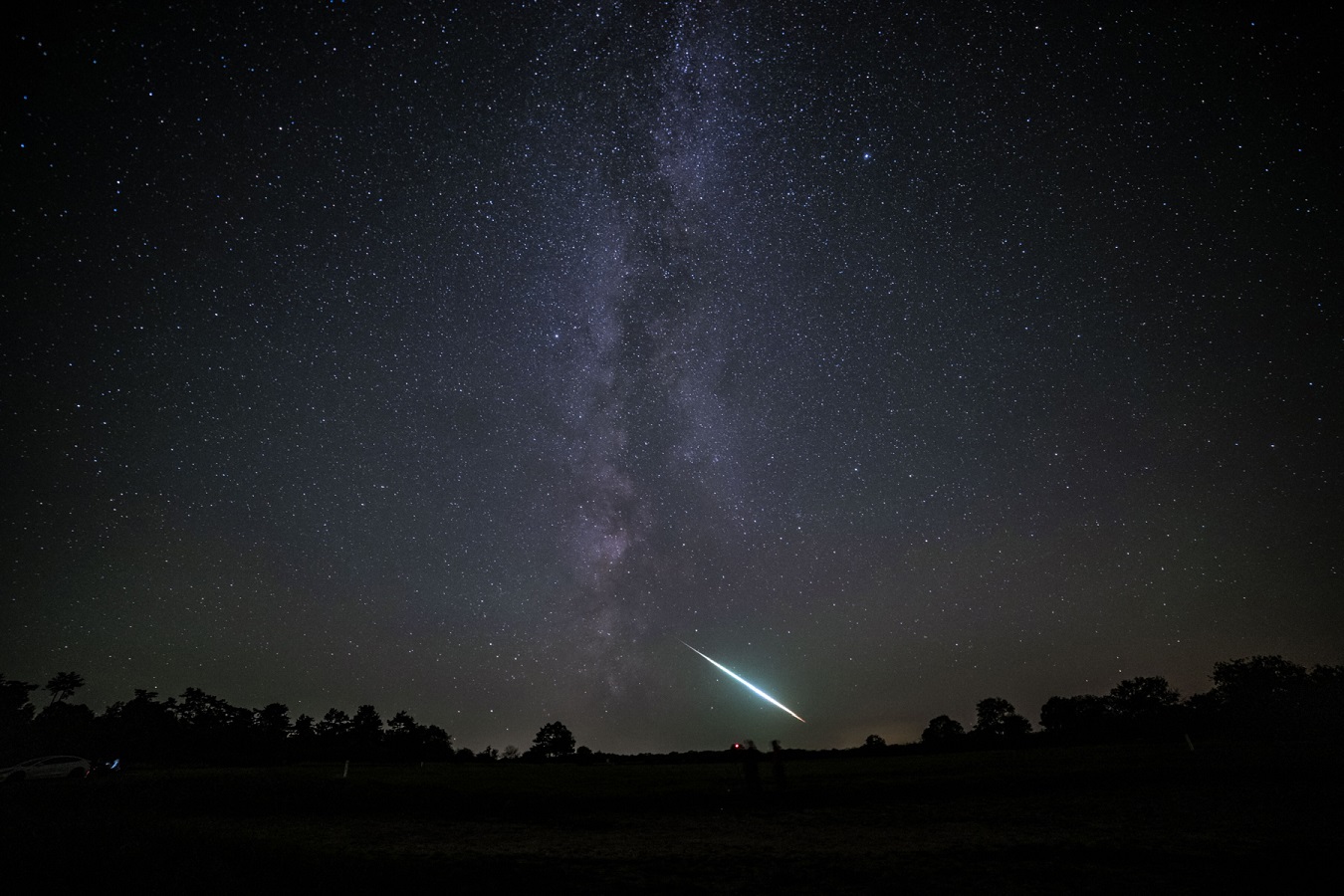
Cédric Humbert captured this colorful fireball low on the southwestern horizon on September 10, 2023, at 00:14 CEST (22:14 UT…
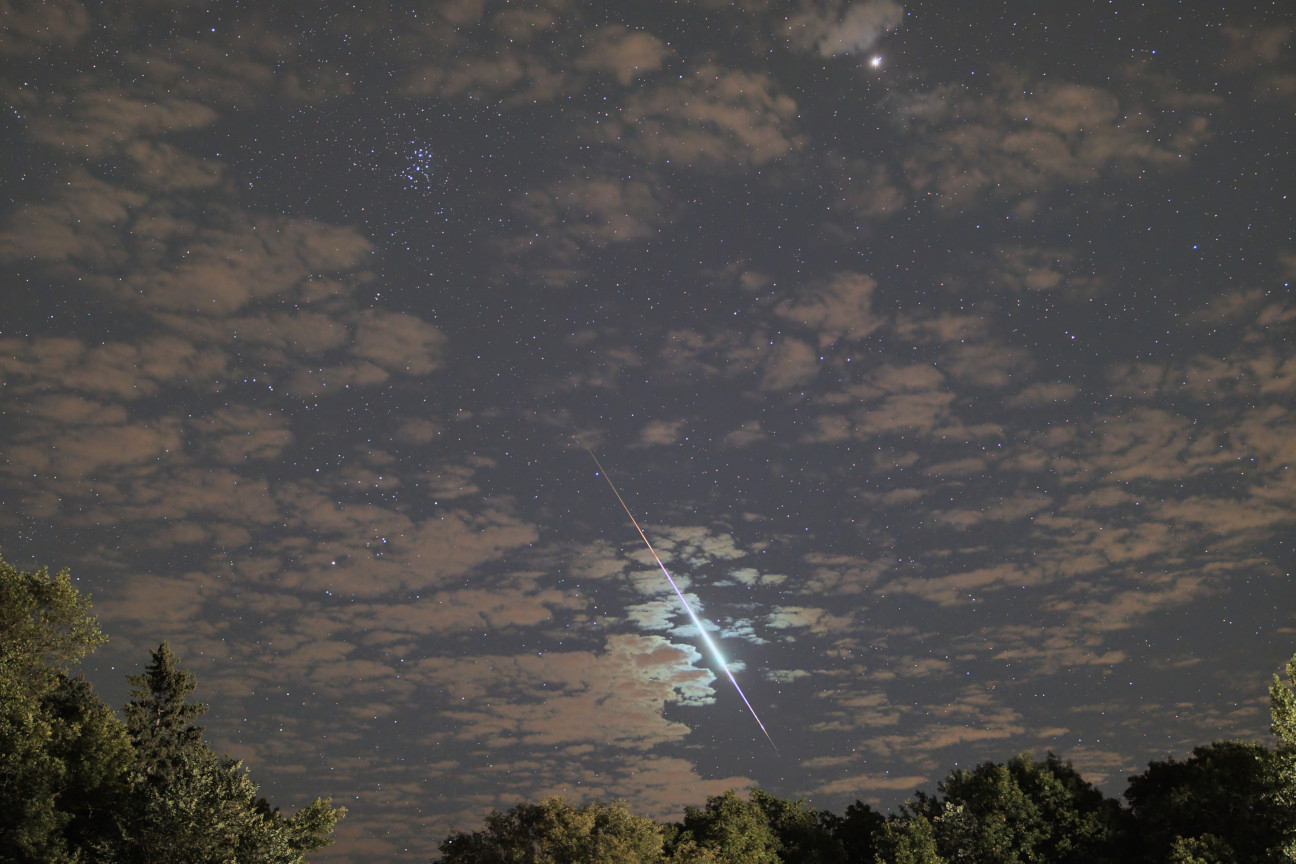
Eric Smestad captured this colorful fireball shooting through broken alto cumulus clouds on August 27, 2023, at 02:06 CDT (07:06…

Clara Perez obtained this exquisite photograph with a double bursting Perseid fireball passing close to the Scorpius Milky Way on…
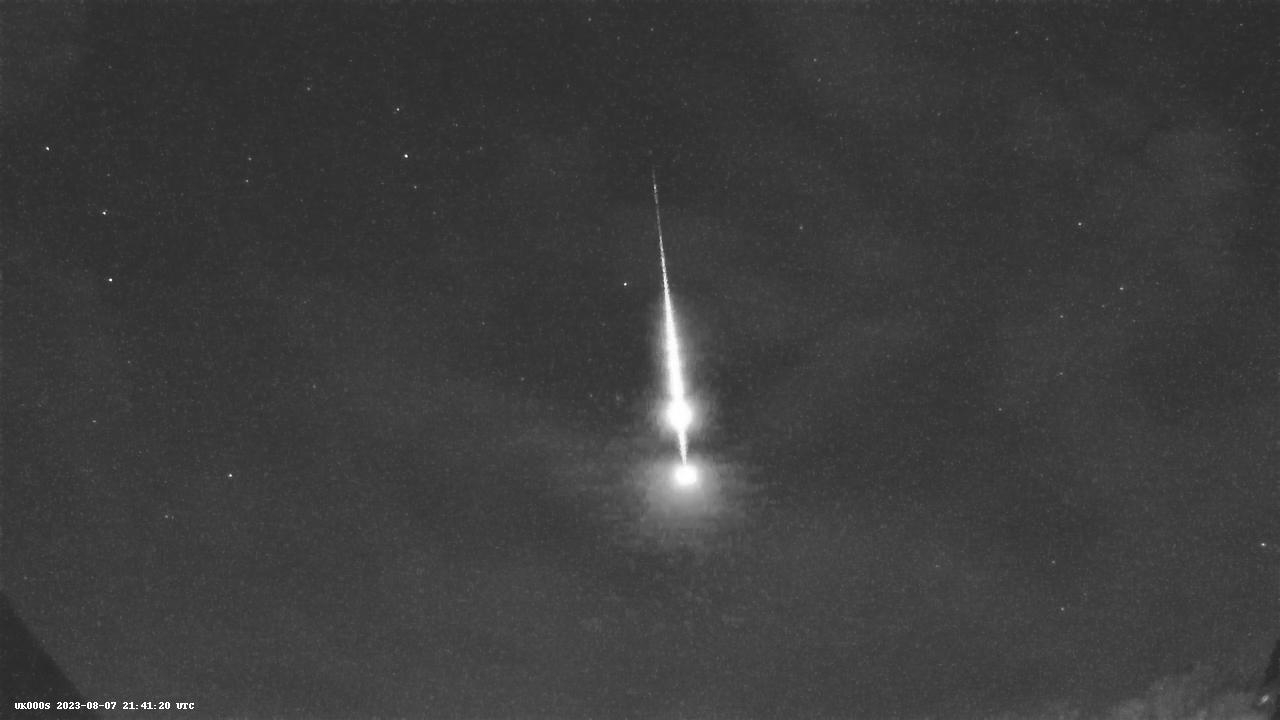
Richard Bassom captured this multi-bursting fireball passing close to Polaris on August 7, 2023, at 22:51 BST (22:51 UT) from…
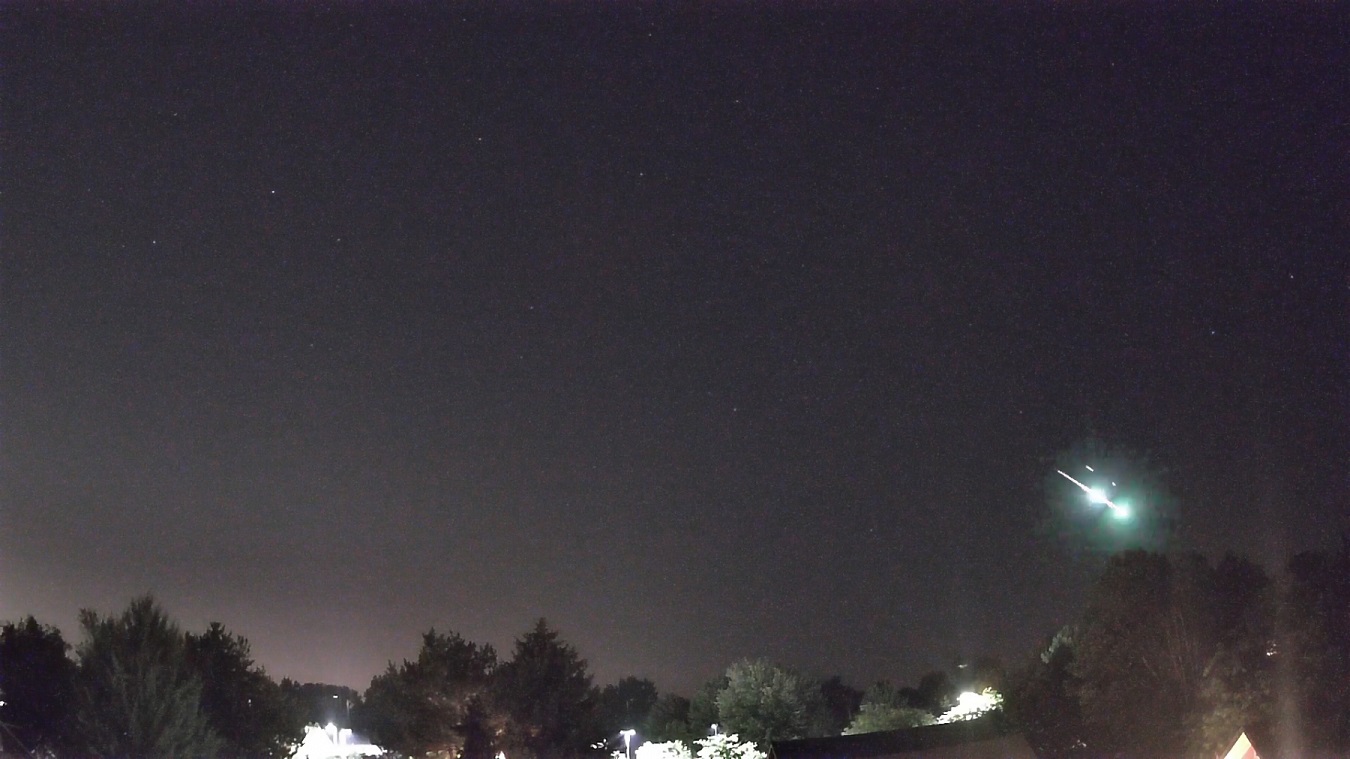
Jordan Ragsdale captured this double-bursting fireball using his AllSky Camera System on July 25, 2023, at 3:07 MDT (9:07 UT)…
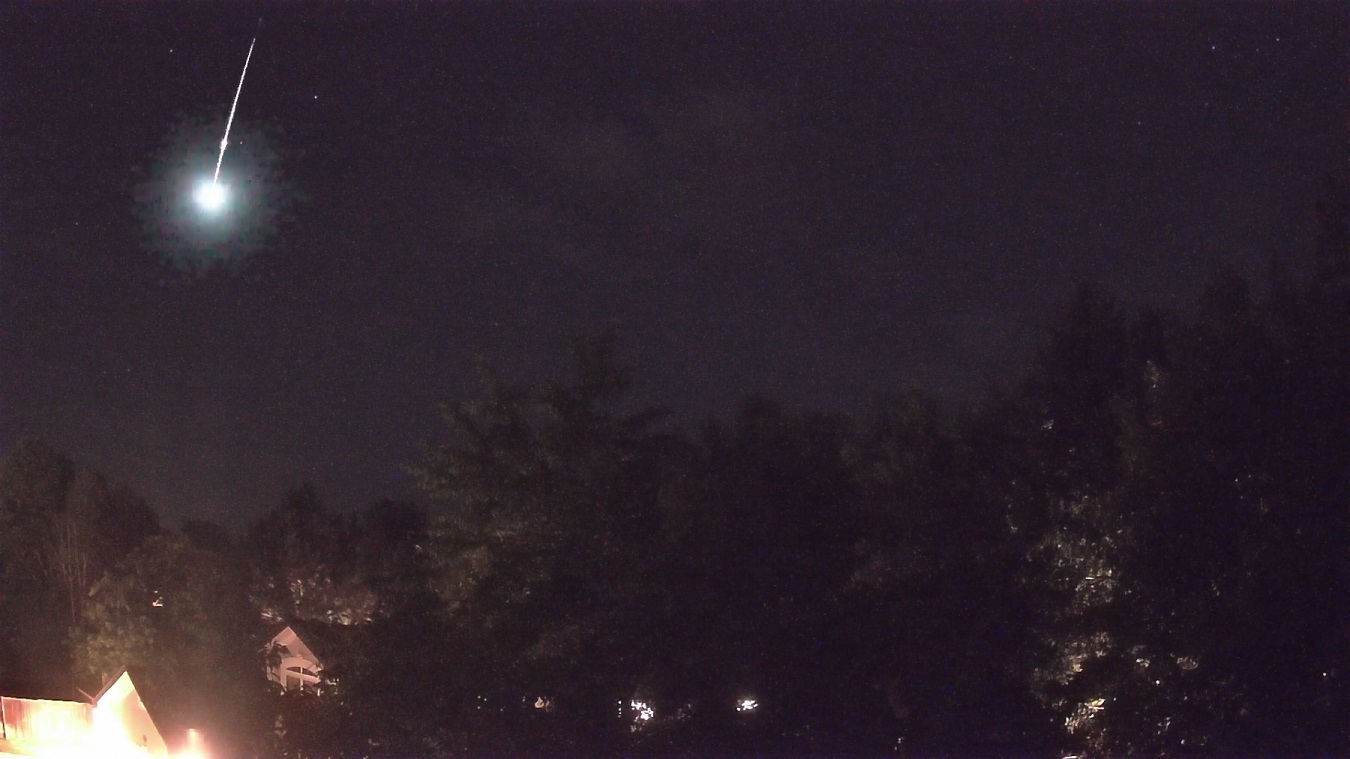
Jordan Ragsdale captured this multi-bursting fireball using his AllSky Camera System on July 24, 2023, at 23:50 MDT (05:50 UT…
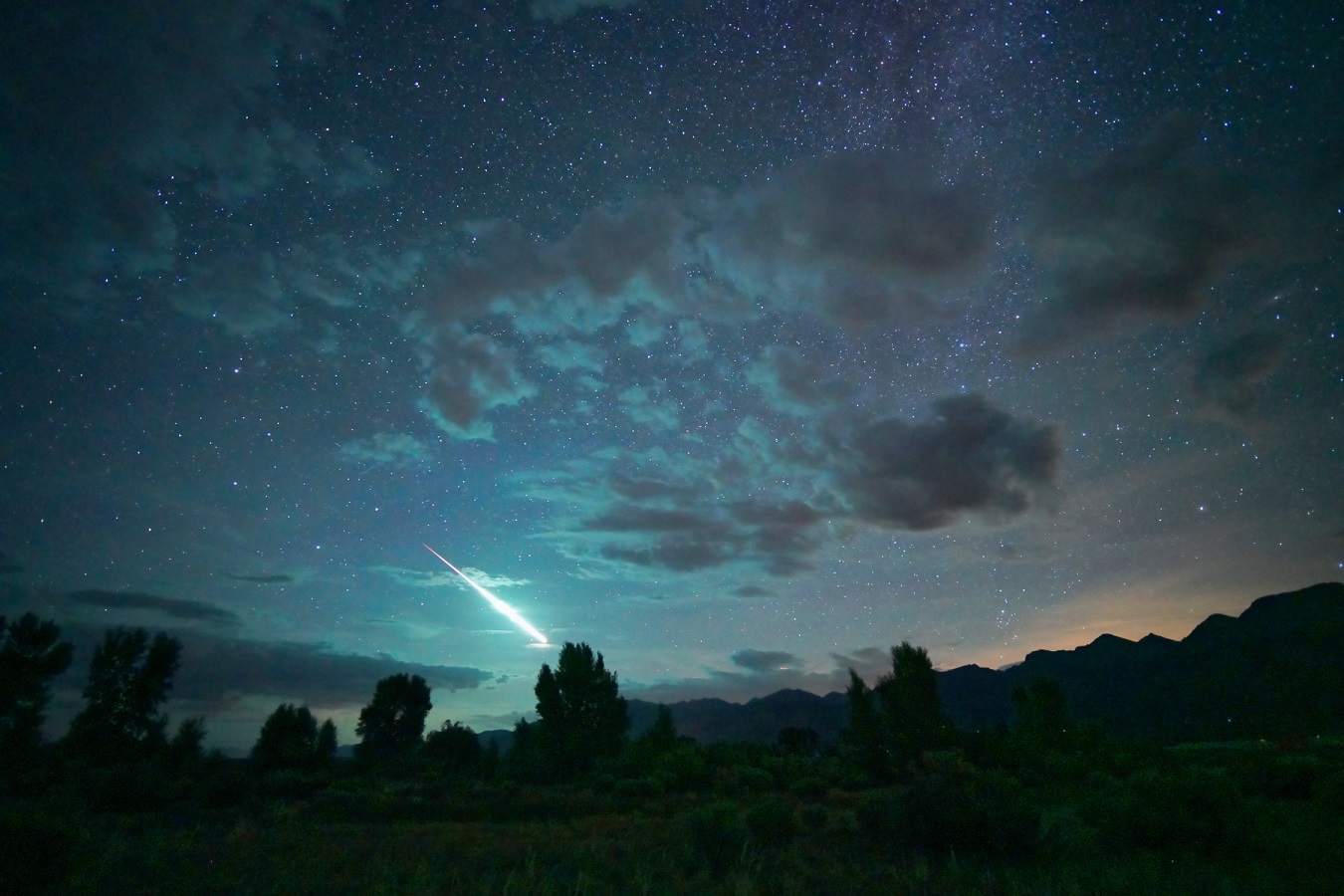
Mike Lewinski captured this beautiful fireball on July 25, 2023, at 00:03 MDT (06:03 UT) from Crestone, Colorado, USA. ©Mike…

Jordan Ragsdale captured this bright fireball using his AllSky Camera System on June 18, 2023, at 23:46 MDT (05:46 UT…

The illustration above displays the orbits of actual Quadrantid meteors captured on multiple video cameras. The angle of the view…

Jordan Ragsdale captured this multi-bursting fireball using his AllSky Camera System on April 16, 2023, at 05:56 MDT (11:56 UT)…

Silvia Del Rincón captured this colorful fireball on July 23, 2023, at 01:53 PDT (8:53 UT) from Juárez, Baja California…

Pavel Vorobiev captured this colorful fireball on July 23, 2023, at 01:46 PDT (8:46 UT) from Laguna Hanson, Baja California…

Position of the Geminids radiant on Dec 14th. North is up in this illustration The Geminids are active from November…

Gary Mead captured this multi-bursting fireball on July 20, 2023, at 22:37 MDT (4:37 UT on July 21) from the…

Tobias Felber caught this impressive fireball at 2:19 CEST on July 16, 2023 from Glashütte, Germany. We are all lucky…